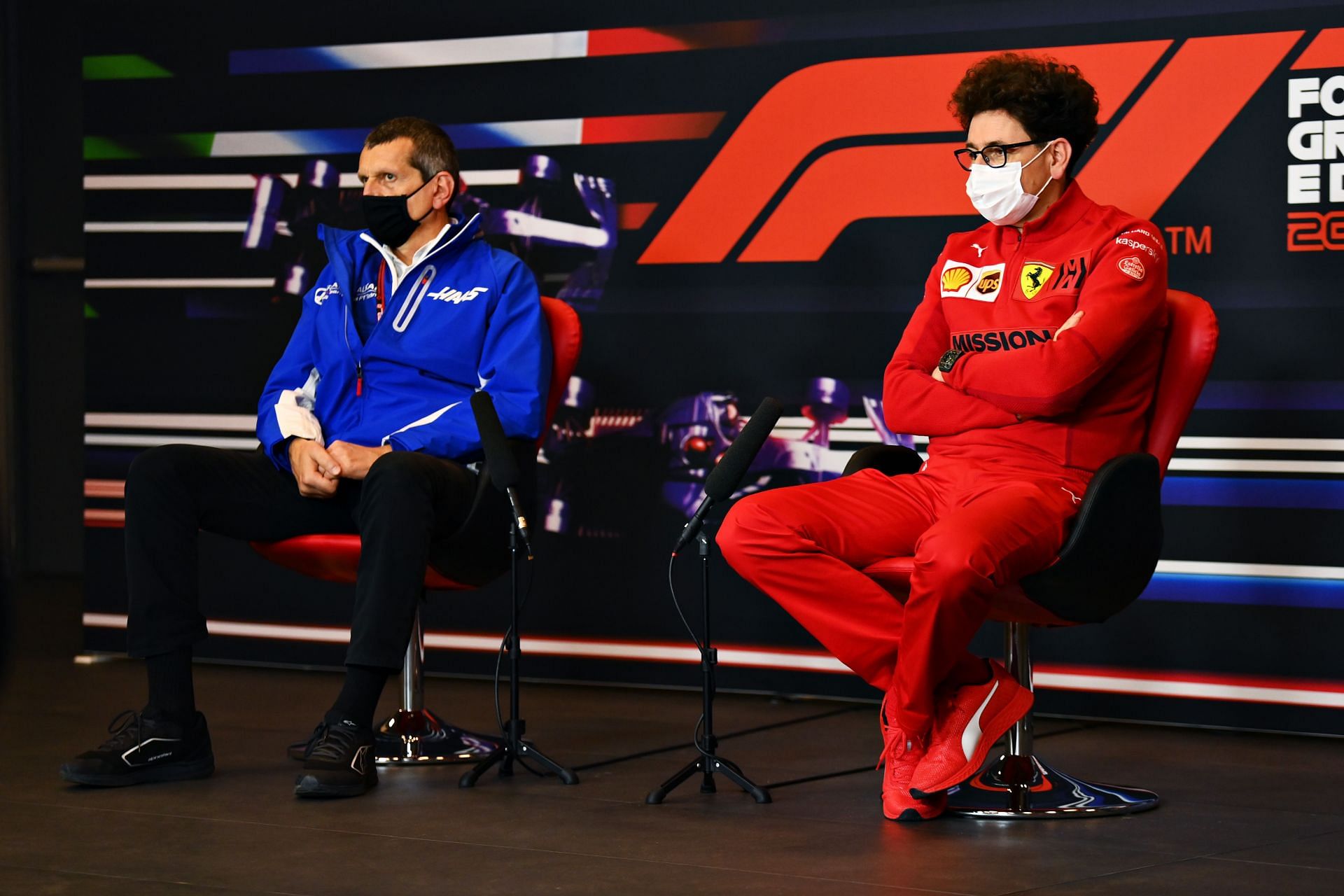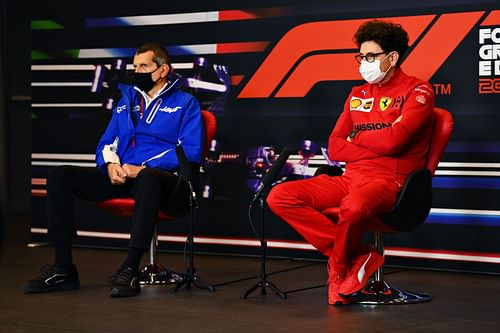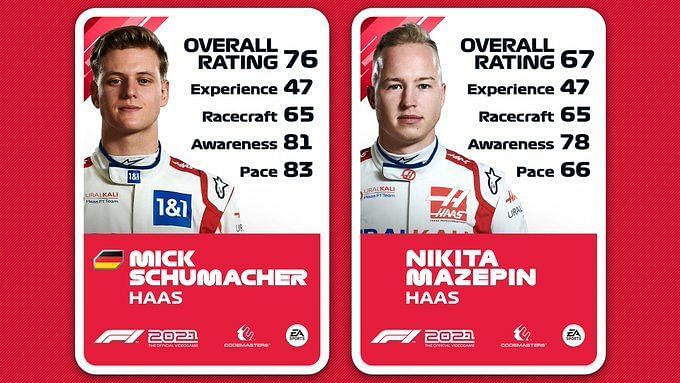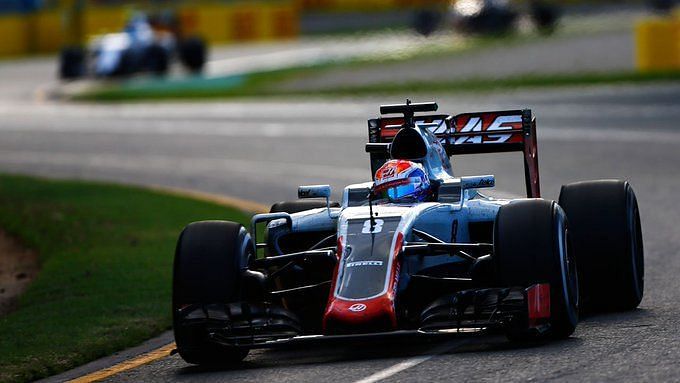
Haas using Ferrari simulator to get its drivers acquainted with 2022 F1 cars ahead of pre-season testing

Haas will be using a Ferrari simulator to give its relatively inexperienced driver line-up some valuable track time with 2022 F1 cars. The small American squad does not have a dedicated simulator facility, hence are using an old simulator from the Scuderia.
Speaking in an interview with RN365, team principal Guenther Steiner said:
“At the moment, we have done very little (preparation) with the new era car. We did go to the simulator before the test, because we are making the model we use, I call it the old Ferrari simulator, the commercial simulator from Ferrari. But we are just setting it up now. The first rounds will be (in the) beginning of February, and then we see. And that is how we get them at least hopefully somehow acquainted to how the new car behaves.”
After a miserable 2021 season, during which the team spent most of their time lapping at the rear end of the grid, Haas is once again hoping to recreate their success from 2019-18.
Haas’s controversial collaboration with Ferrari
Haas is one of the leanest F1 outfits in the sport’s history and follows a unique approach to racing. Usually, most teams could be split into two vital groups – the racing part, and the design and manufacturing part.
Haas is purely a racing outfit and outsources almost all of its manufacturing processes to Dallara, while buying as many non-listed parts as it can from Ferrari.
The Scuderia supplies almost every non-listed part allowed by the regulator, including gearboxes, rear suspensions, front brake ducts, and more. Furthermore, the Italian outfit also has a division dedicated to Haas at its base in Maranello (but separate from its own F1 outfit), which works in conjunction with Haas designers to manufacture listed parts.
When asked to clarify the amount of control the team has over its car’s design during an interview with RN365, Steiner said:
“Difficult to say. Aero is always dominant on an F1 car, and we do our aero 100 percent ourselves. Obviously, suspension we buy, and therefore we have very little, if no input in that one, so that’s a given. I don’t know how much percentage you want to give to aero, but that’s 100 percent in our control.”
This unique model has been controversial, with other teams accusing the little American outfit of “cheating”. Between 2017-18, Haas was threatening other, more established teams for P4 in the constructors' championship, despite being just two years old. Haas, however, has fired back, claiming that this was the best way for small teams to be competitive against top teams with nearly four to five times the budget.
While the model has yielded relative success for the team, it has often been a disaster, as their fortunes are closely tied to that of Maranello. The Haas VF-19 was fast during qualifying but quickly burned up its tires during the race. Throughout the 2019 season, the team struggled to understand why, and were unable to fix the problem due to outsourced manufacturing.
Furthermore, when the Scuderia’s performance took a serious hit the following season, Haas also suffered and slipped into P9 in the constructors.

